(NLĐO) - Strange cracks and depressions in Türkiye's Central Anatolian plateau are evidence that the Earth's crust is gradually sinking inward.
According to Science Alert, in Turkey's Central Anatolian plateau, beneath a depression known as the Konya Basin, a research team led by geophysicist Julia Andersen from the University of Toronto (Canada) has discovered evidence of the Earth's crust gradually subsiding.
This process is gradually shaping the geological surface not only of the basin but also of the surrounding plateau.
This prompted them to examine other geophysical data below the surface and discover seismic anomalies showing changes even at the top of the mantle, representing a phenomenon called "lithosphere dripping".
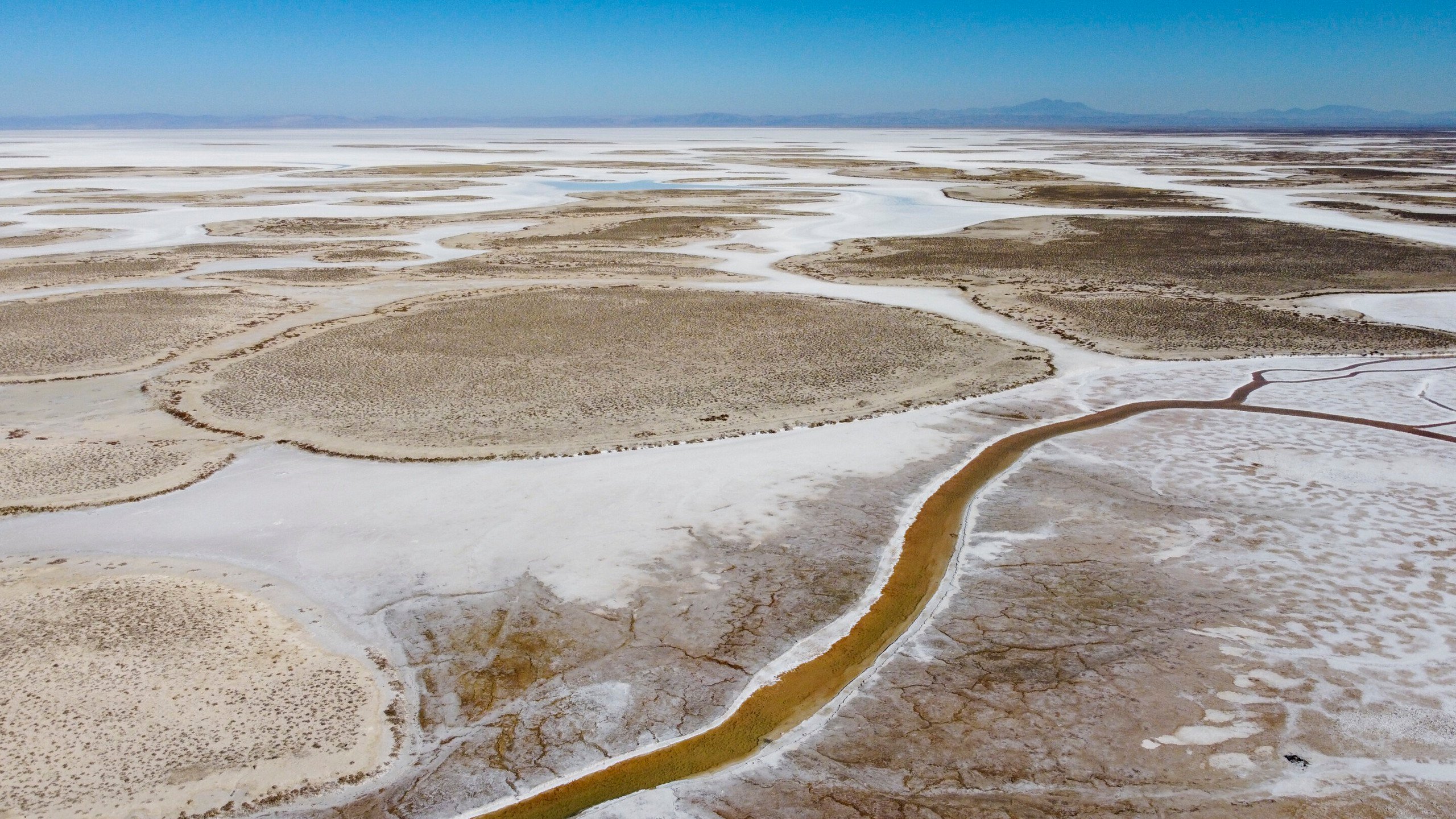
Lake Tuz in the Konya Basin, in the Central Anatolian plateau of Türkiye - Photo: PHYS
According to a paper published in the scientific journal Nature Communications, this occurs when the lower part of the Earth's rocky crust is heated to a certain temperature and becomes slightly viscous.
Then, like drops of honey or syrup, it slowly trickled down, falling into the planet's "belly."
Although the scale of what was swallowed is much smaller than the tectonic plates that are subducting due to plate tectonics, these crustal drops are still enormous, large enough to cause significant disturbances beneath the surface.
As these droplets flow down the mantle, they alter its temperature, chemical composition, density, and viscosity, causing the layer to deform and creating a diffuse topographic shift: some areas are uplifted, while others subside.
In the area where the scientists studied, the Konya basin is subsiding by about 20 mm per year, while the entire Central Anatolian plateau has been uplifted by about 1 km over the past 10 million years.
In other words, the "drop" of Earth's crust falling in the Konya Basin creates an effect similar to a drop of water falling onto a calm lake, causing the surrounding water surface to be raised.
Furthermore, a broader examination of the surrounding area also reveals that the "droplet" of Earth's crust that formed Konya was only a second, smaller droplet from the past.
Evidence of this first droplet is found in the broader area of the plateau, which is in the process of recovering from that initial droplet.
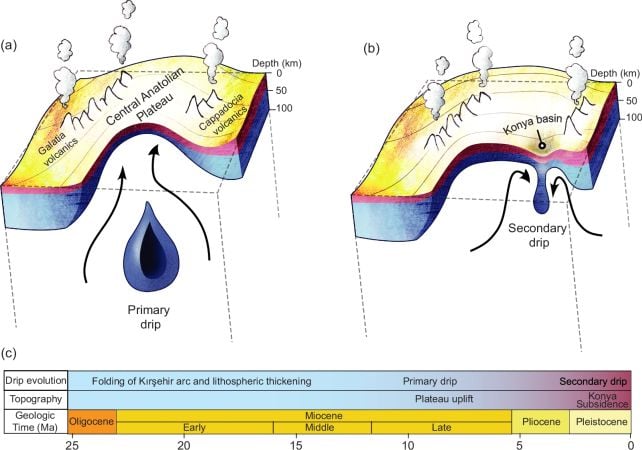
A depiction of the changes caused by lithospheric dripping, both in the past and present - Photo: NATURE COMMUNICATION
This trickle-down phenomenon will continue into the future, with several other "baby drops" seemingly forming in various parts of this vast plateau. Certainly, tens or hundreds of millions of years from now, this area will have a very different appearance than it does today.
Source: https://nld.com.vn/vo-trai-dat-dang-bi-nho-giot-o-tho-nhi-ky-196240930115753546.htm


![[Photo] Two flights successfully landed and took off at Long Thanh Airport.](/_next/image?url=https%3A%2F%2Fvphoto.vietnam.vn%2Fthumb%2F1200x675%2Fvietnam%2Fresource%2FIMAGE%2F2025%2F12%2F15%2F1765808718882_ndo_br_img-8897-resize-5807-jpg.webp&w=3840&q=75)





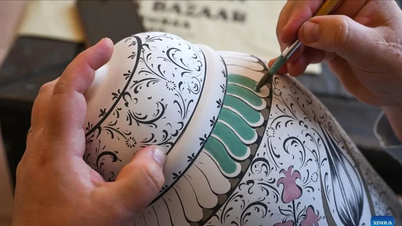





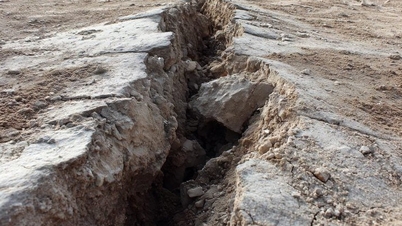


















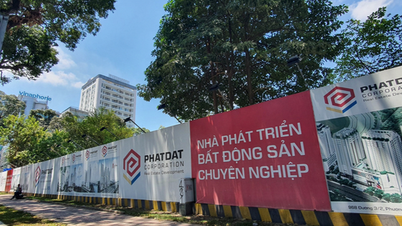








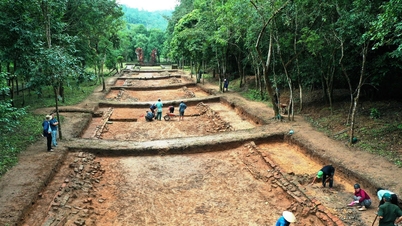


















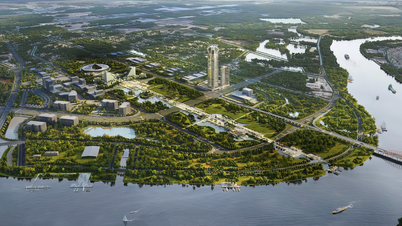

























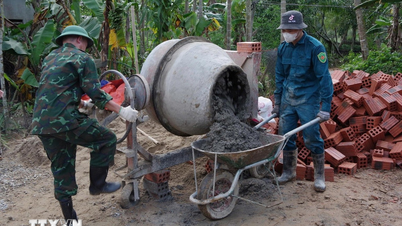


















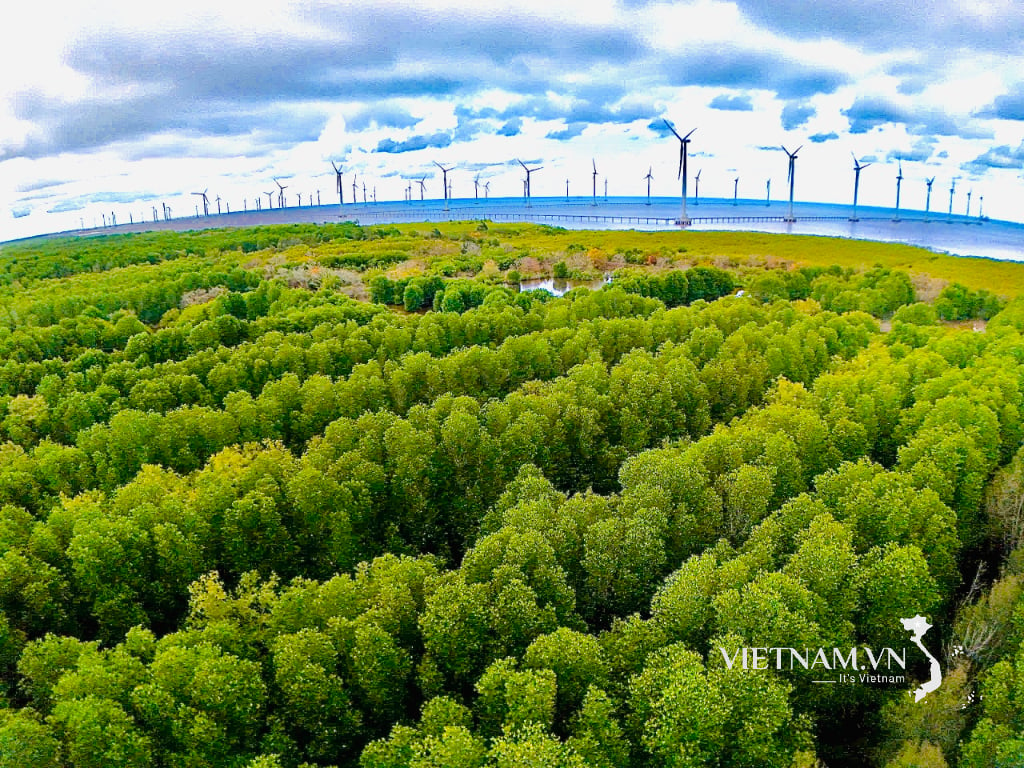


Comment (0)